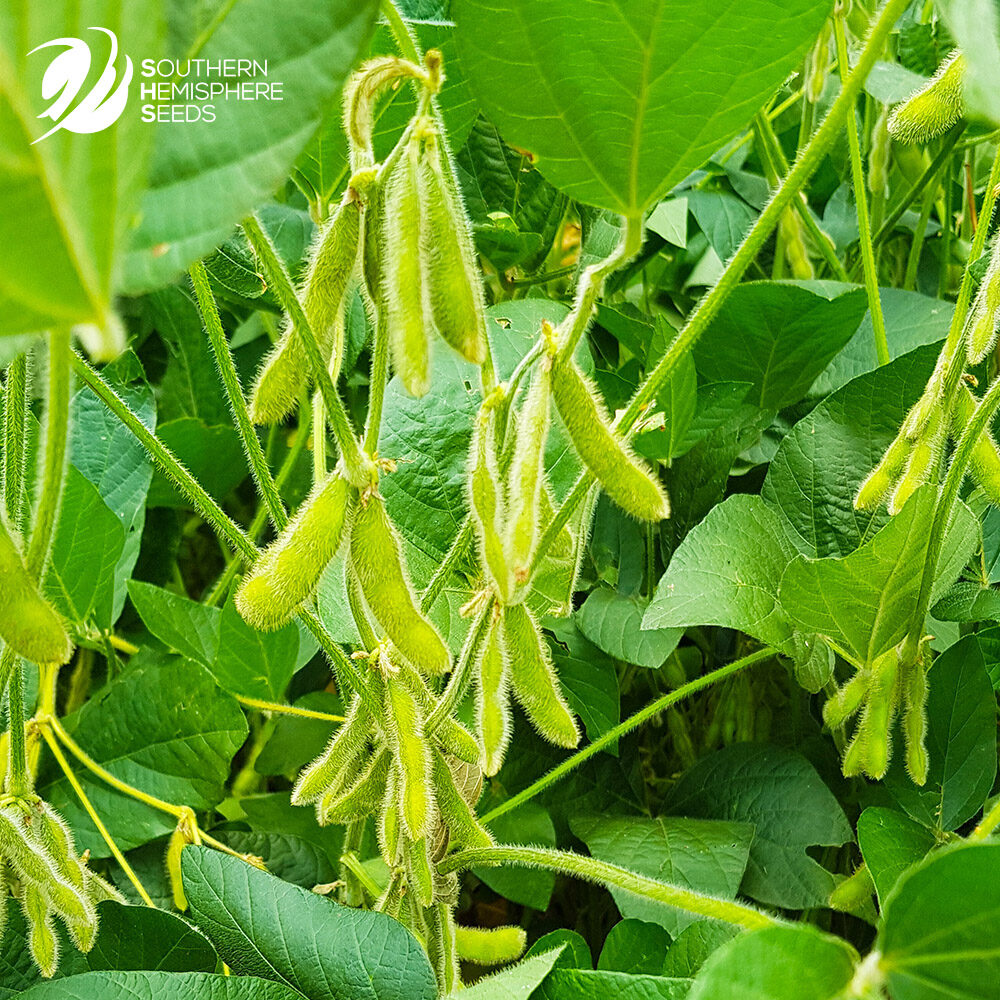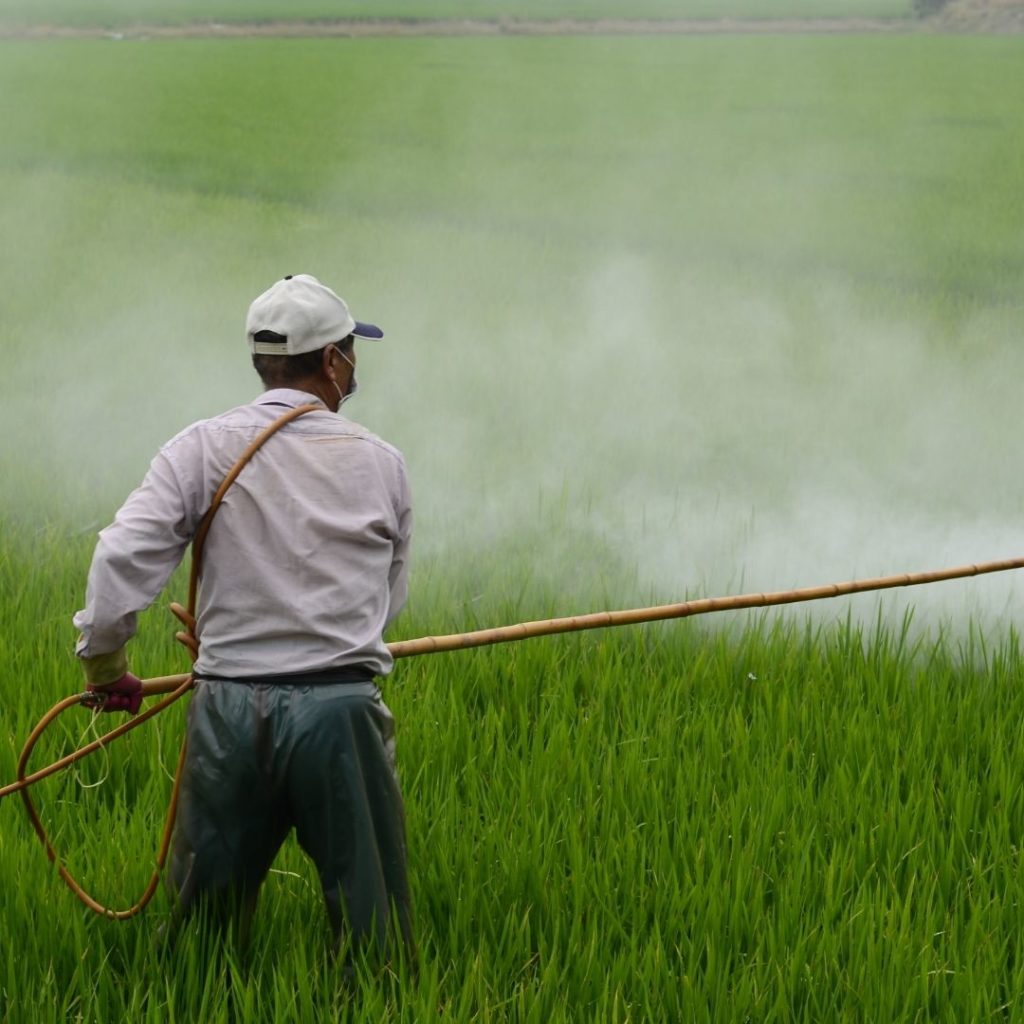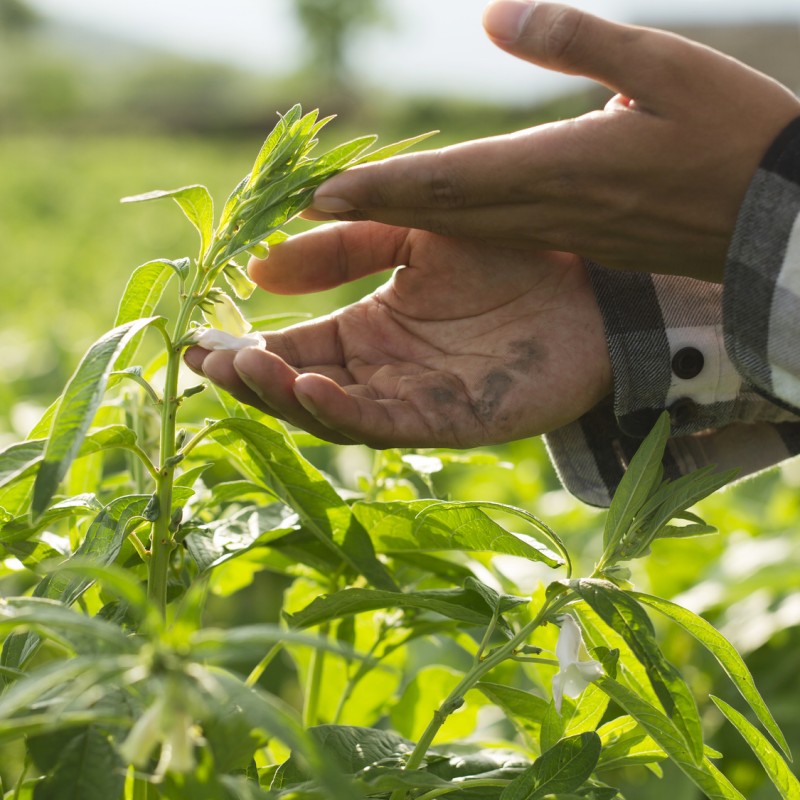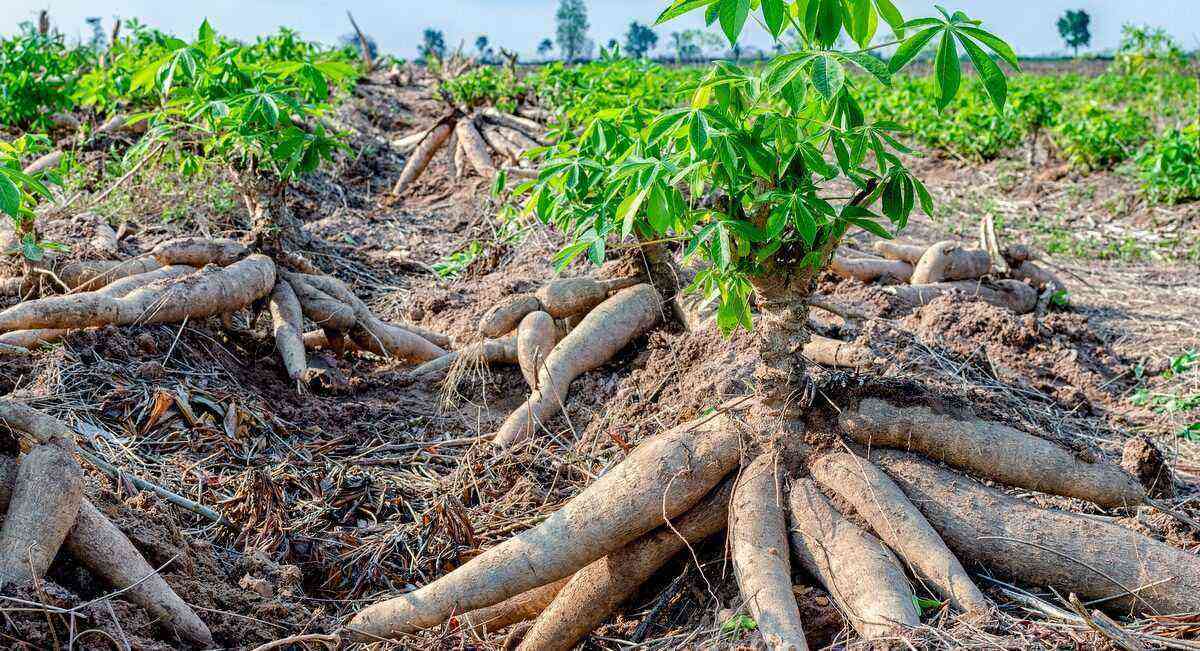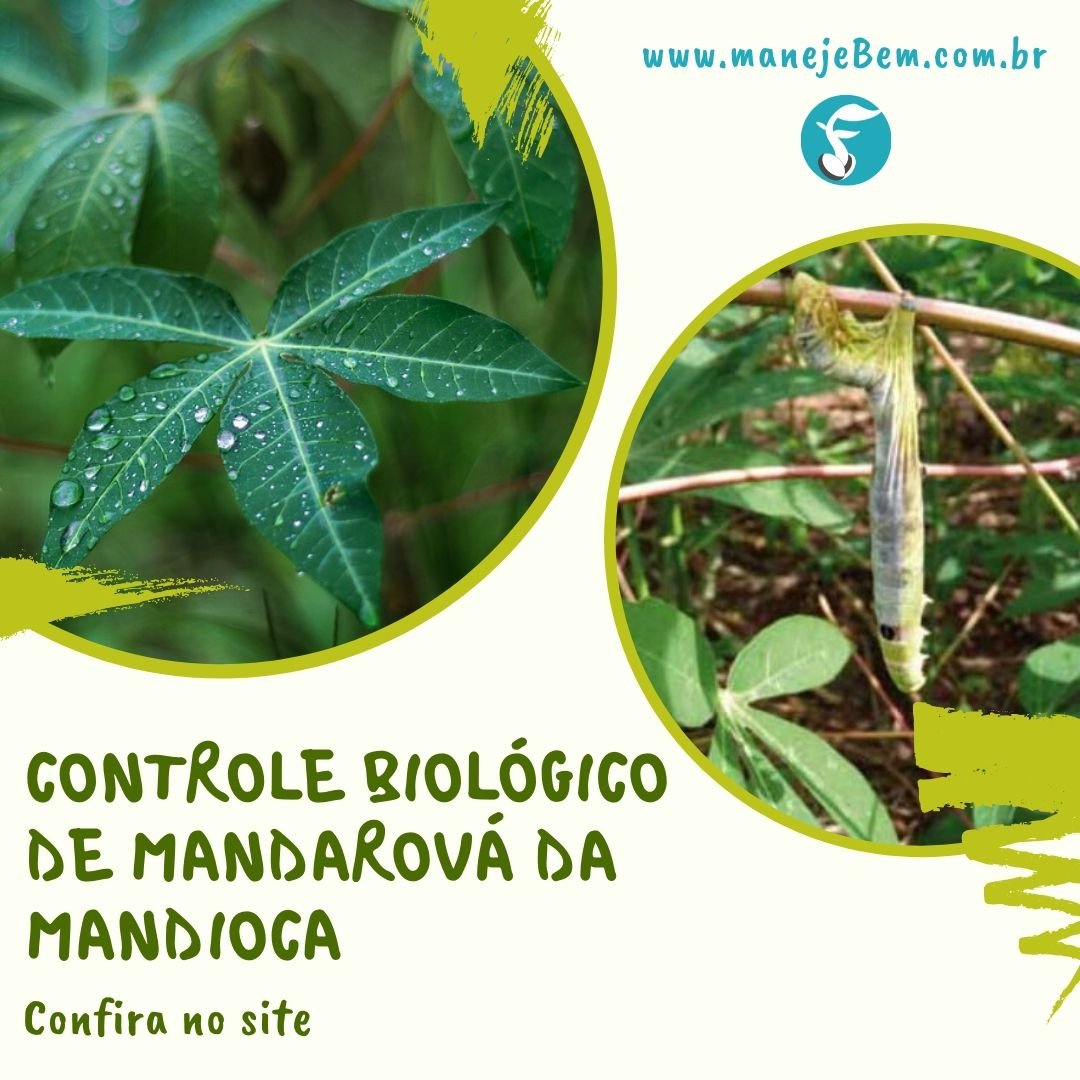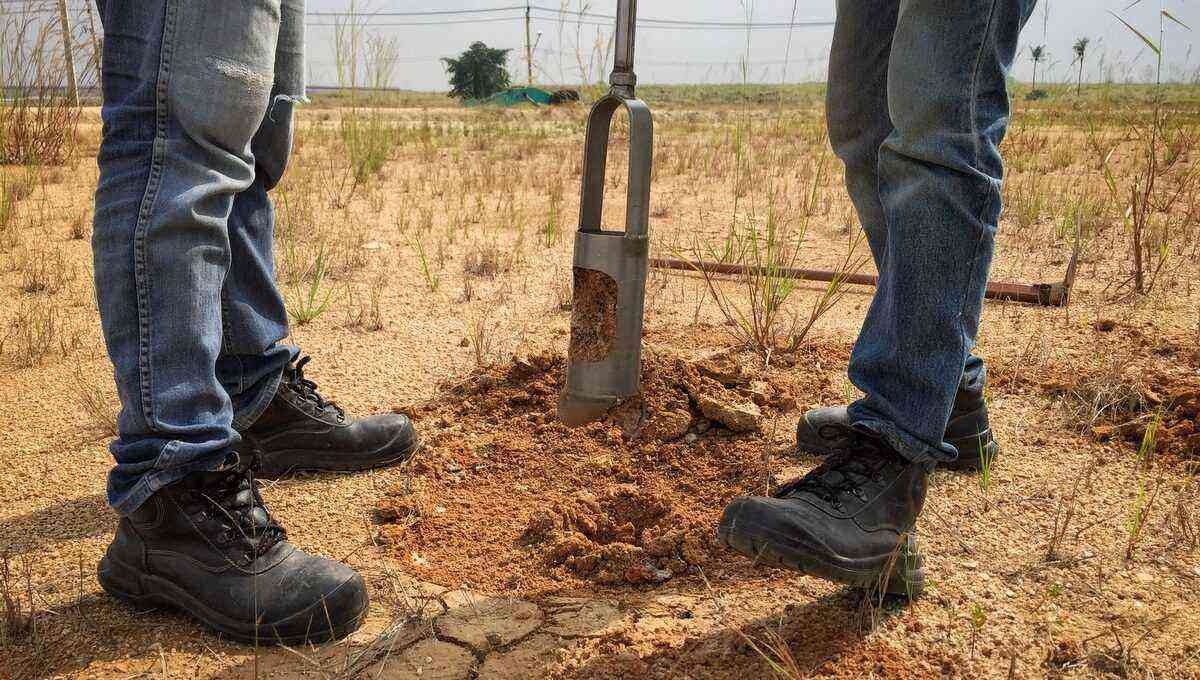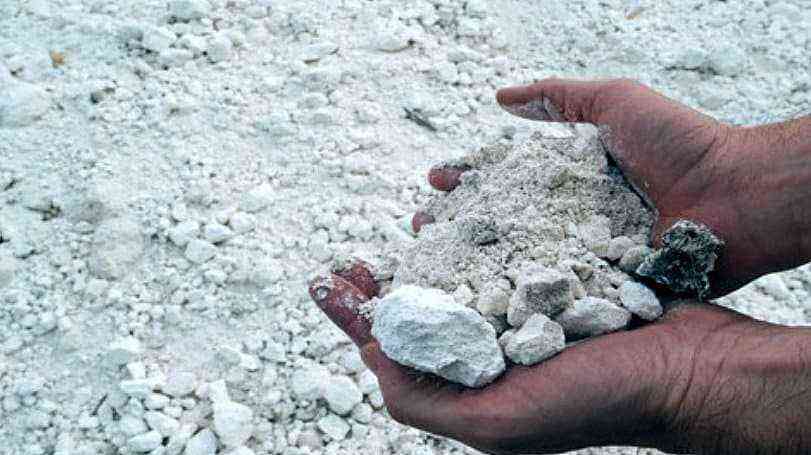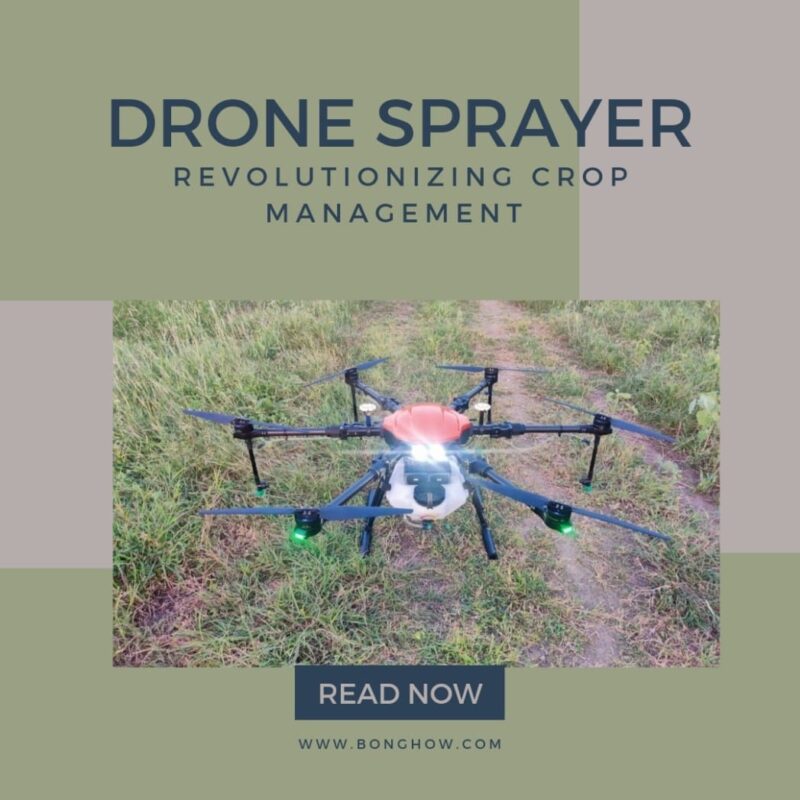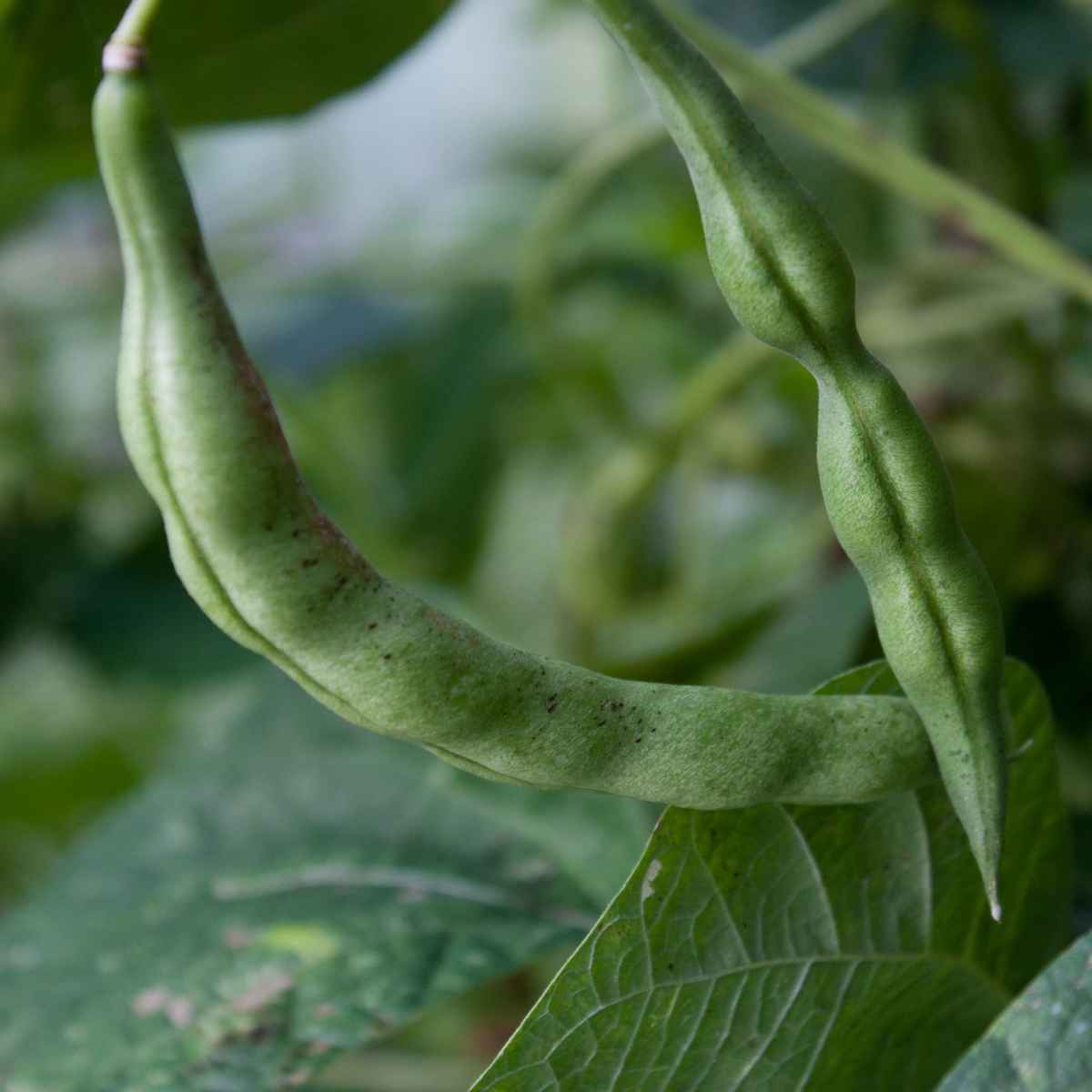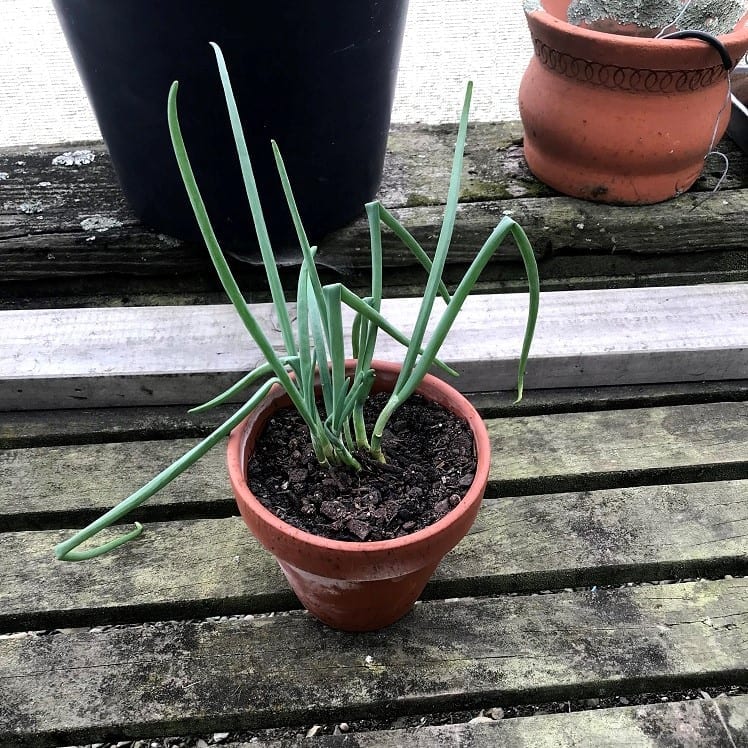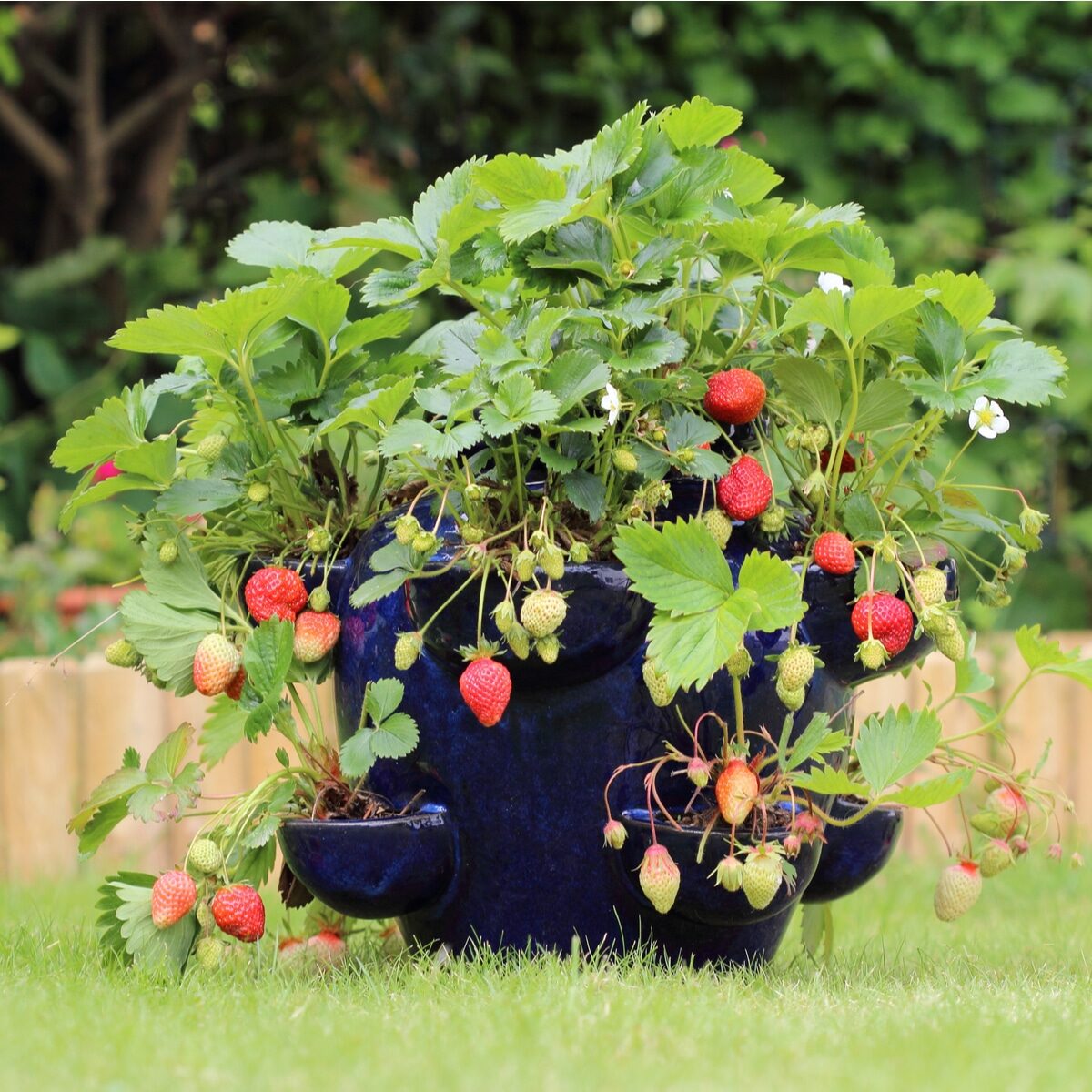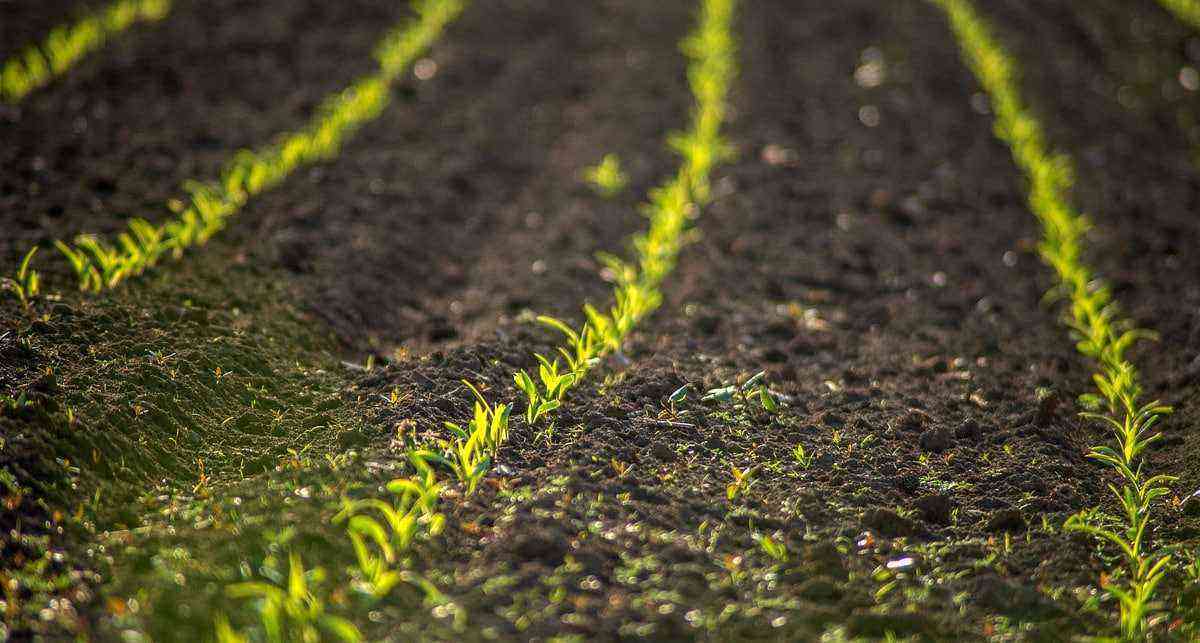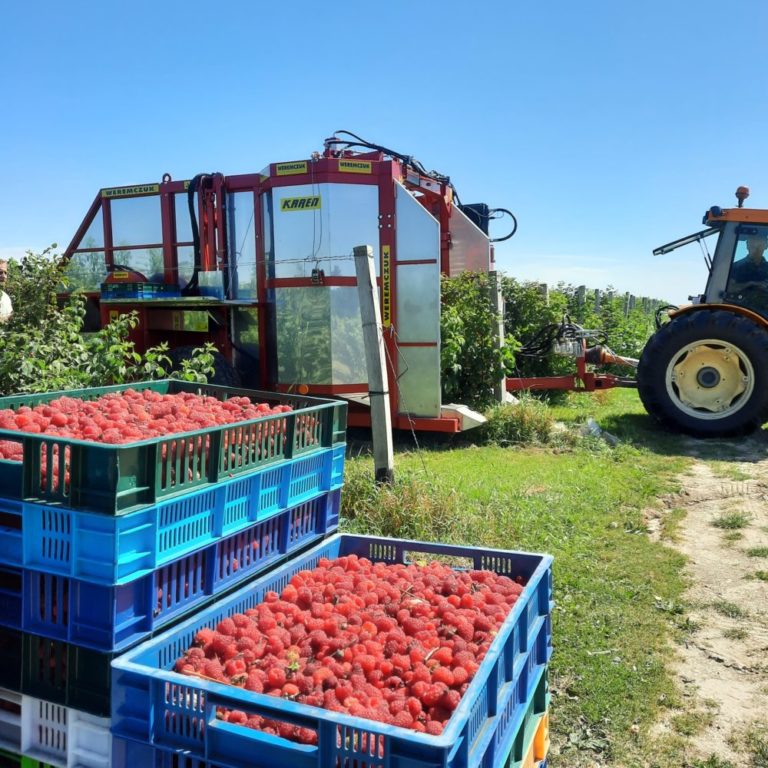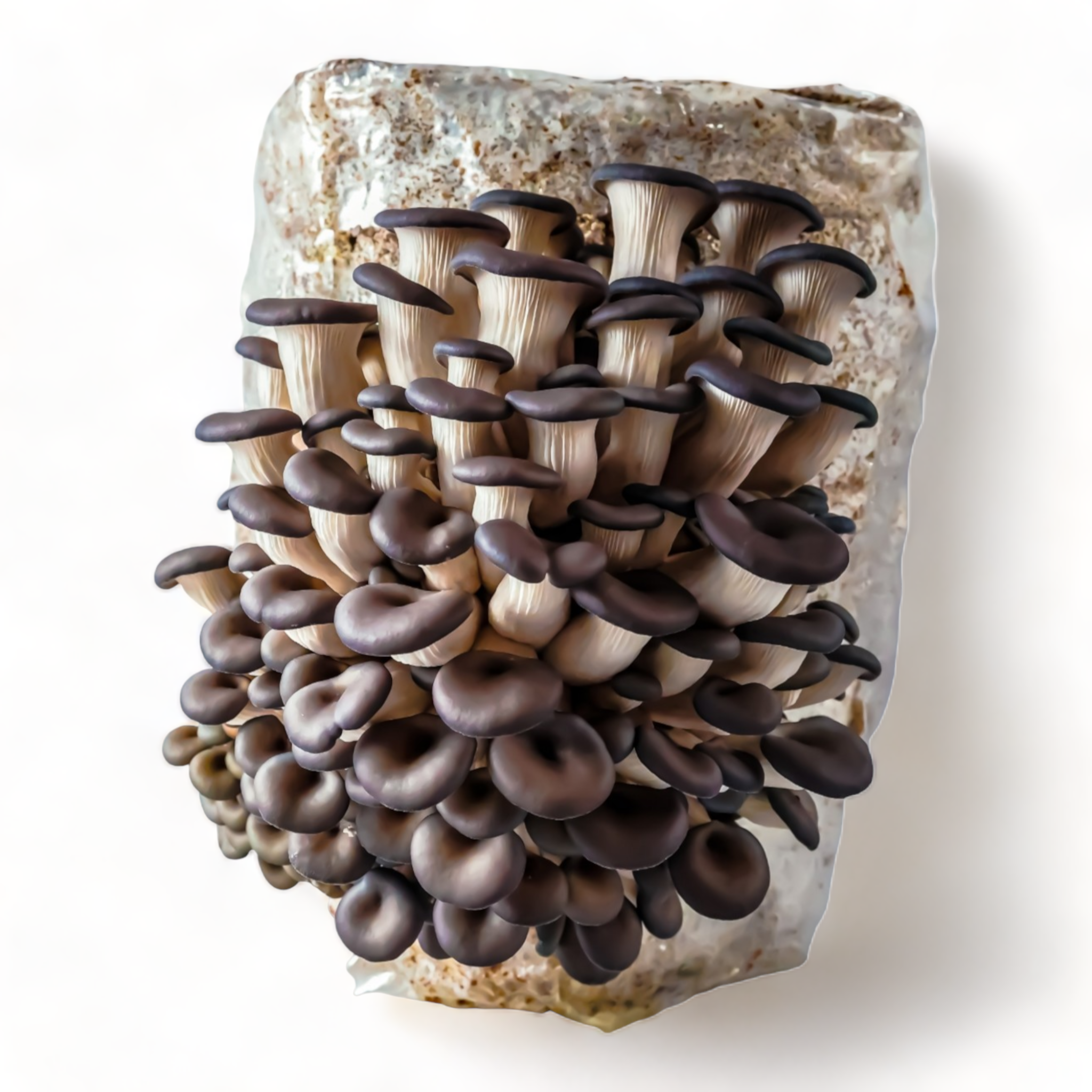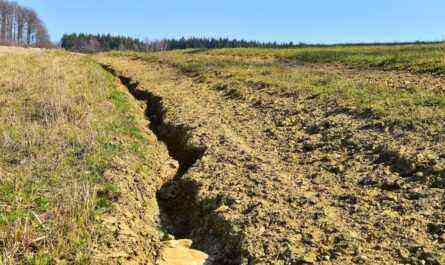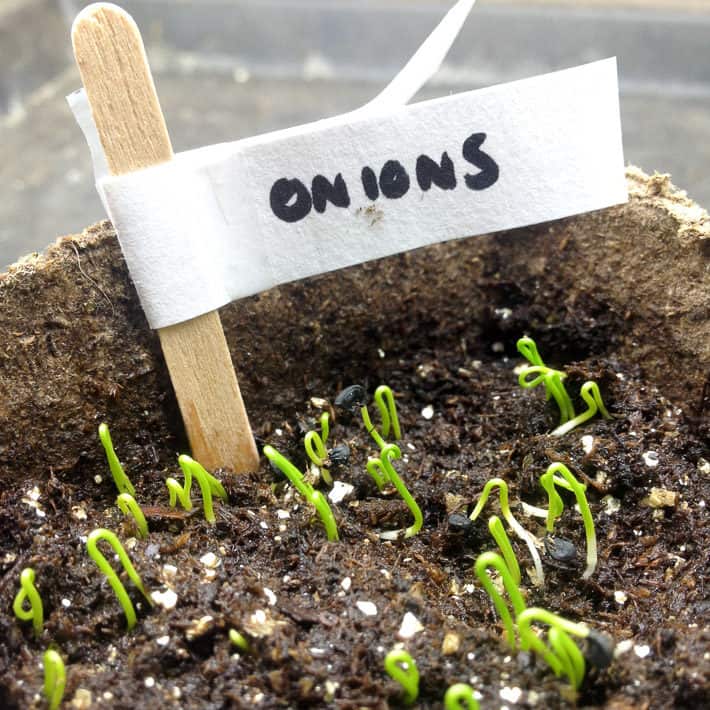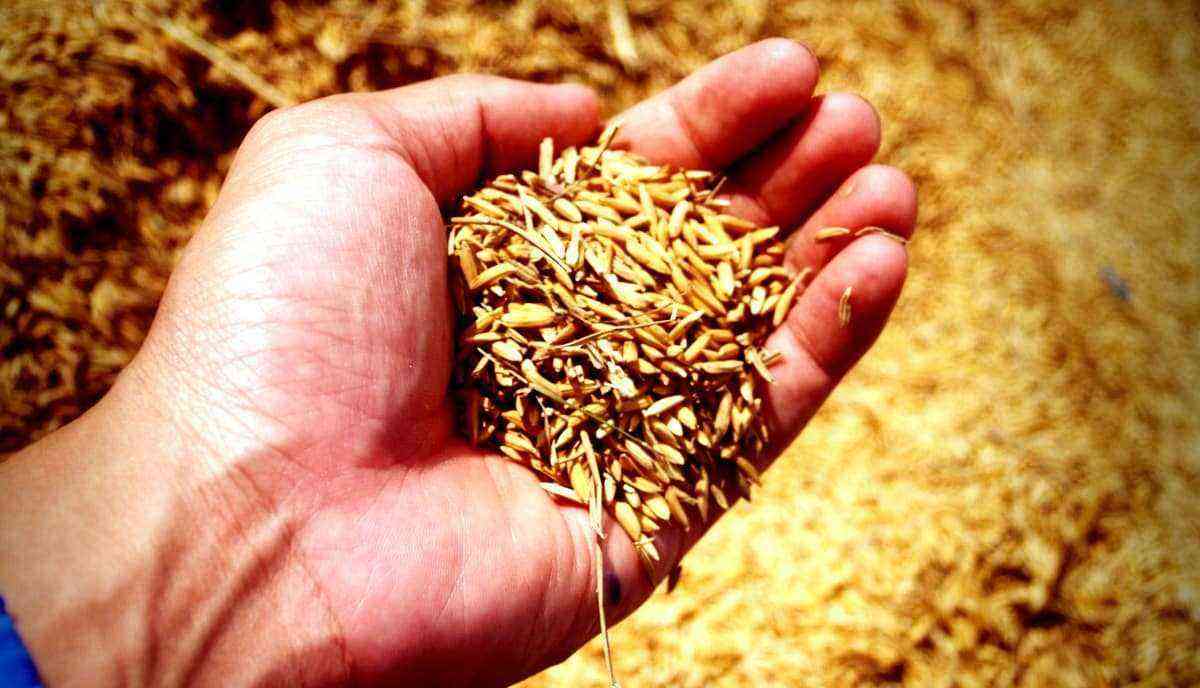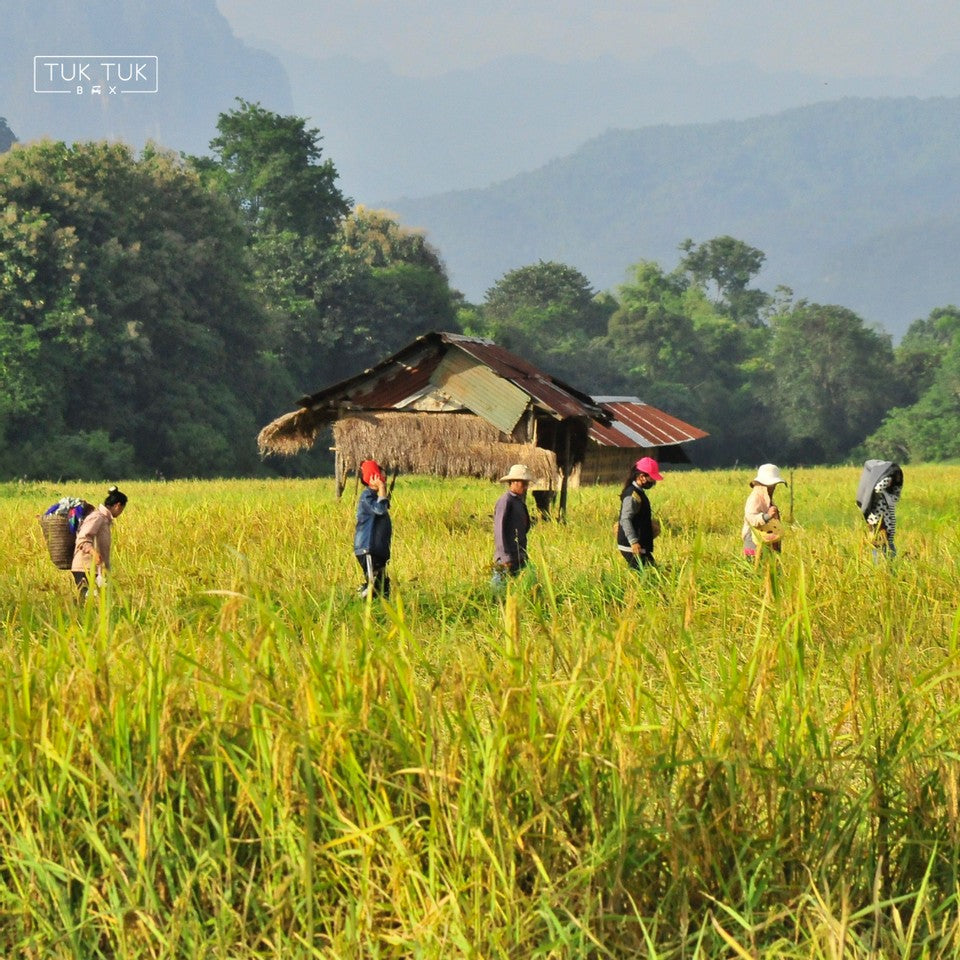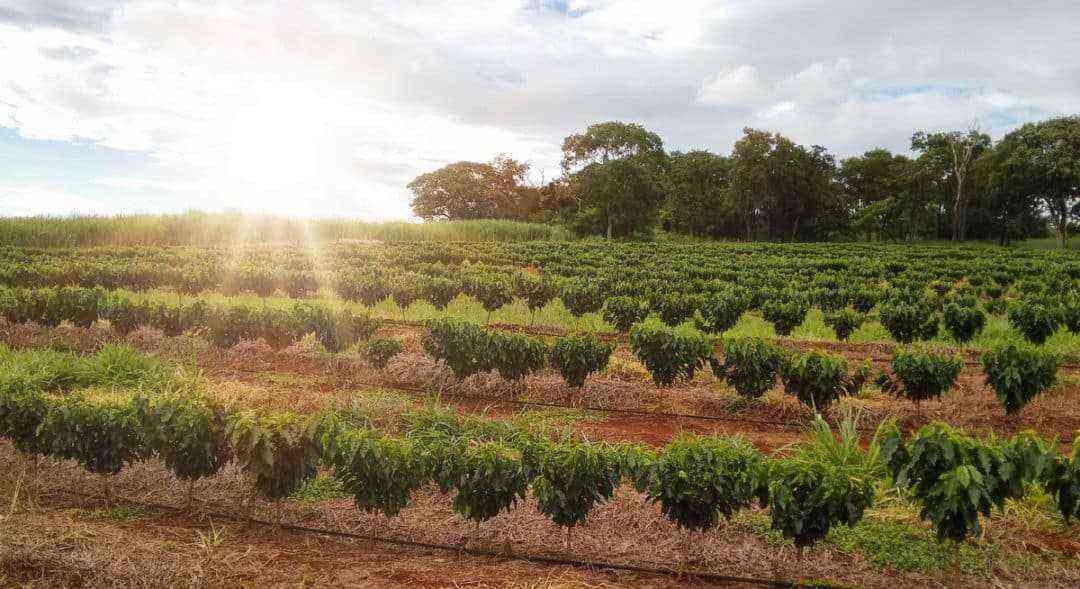Tomato is one of the crops that suffer most from damage caused by diseases. Some affect outdoor crops, others occur in protected crops. Some attack low-growing tomatoes, others staked tomatoes. Pathogen is not lacking!
In agronomy, there is the concept known as the “disease triangle”. He says that for the disease to occur, there must be three factors: presence of the causative agent, susceptible host and favorable environment.
The agents can be fungi, bacteria, nematodes or viruses. Next, we will talk a little about the main tomato diseases, the pathogens that cause them, symptoms, optimal conditions for their occurrence and control measures.
late blight
Late blight (or blight) is the disease that most worries tomato growers. It is caused by the fungus Phytophthora infestans, which survives in plants in the form of spores. They can be carried by the wind, infesting neighboring crops.
To germinate, the spores need water on the surface of the plant. In conditions of high humidity – whether due to fog, light rain, dew or even irrigation – and temperature around 20 ºC, the crop can be destroyed in a few days.
The first symptoms appear in the upper part of the plant, which can cause the death of the terminal bud. On the leaves, wet-looking spots appear, which eventually become necrotic. If the humidity is too high, the fungus sporulates and the spots on the underside of the leaves turn white.
The stems become brittle and have dark spots and the fruits show necrotic, dry and firm lesions, in addition to being deformed. If the attack is severe, there is great contamination of the fruits and significant defoliation. In addition, under high humidity, the crop has a characteristic smell of decomposition of the branches.
As stated, the disease is favored in conditions of mild climate and high humidity. Therefore, to try to avoid it, planting in places that present these characteristics is not recommended. It should also not be planted next to other tomato crops, or in low and shady lands.
In addition, adopt a spacing and conduction system compatible with the variety, so that the tomato is not too closed, ensuring good aeration. As for fungicides, give preference to systemic ones and take care to rotate active ingredients, avoiding the development of resistance.
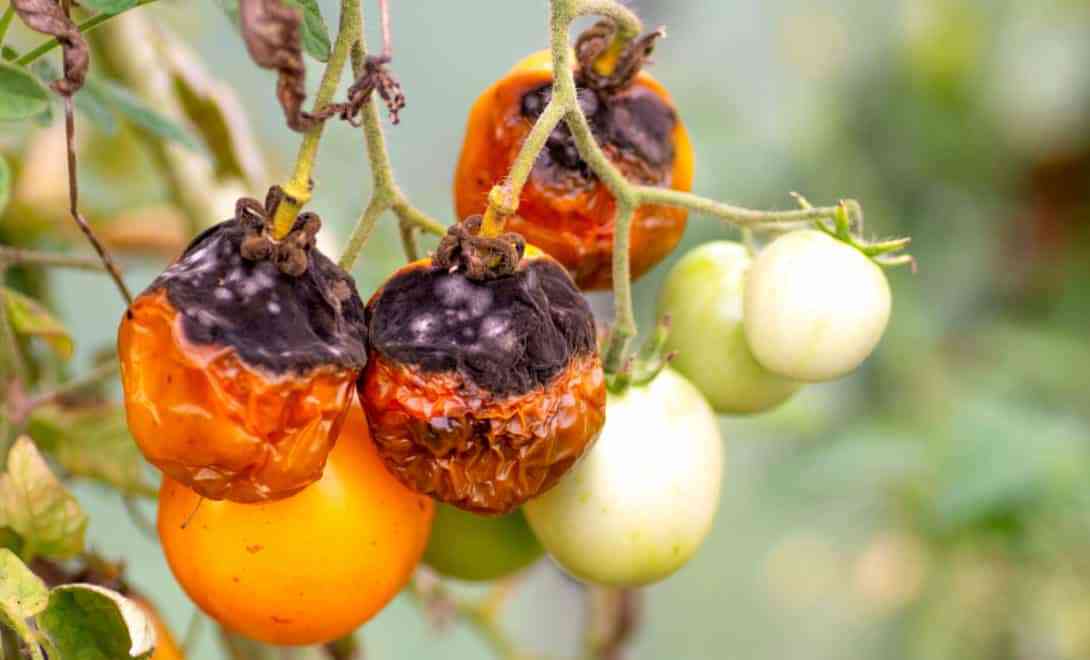
Late blight can manifest from the nursery to the adult plant. The South and Southeast regions are the most affected.
root galls
This disease is caused by nematodes, which is why it is also commonly called root-knot nematode. They survive in the field, and their eggs and larvae survive for prolonged periods in the wetter and deeper layers of the soil.
The most common species belong to the genus Meloidogyne, and they are: M. unexplained (races 1, 2, 3 and 4), M. javanica, M. arenaria e M. hapla. The first two species occur in all Brazilian soil types and climatic conditions. Already M. arenaria It is mostly found in sandy soils and M. hapla in regions with a milder climate.
Nematodes cause exaggerated growth of root cells, forming so-called galls. They hinder the absorption of water and nutrients, which causes the plant to not fully develop. If the infestation is large, the plants turn yellow, stunted and die.
The severity of the disease depends on factors such as cultivar susceptibility, soil type, nematode species and race, among others. Sandy soils facilitate the movement of pathogens and successive cultivations of host cultures favor their multiplication.
As control measures, always sanitize everything that comes in contact with the crop, such as machinery, implements, irrigation channels, etc. Plant healthy seedlings, use resistant cultivars, eliminate weeds and apply registered nematicides in the planting furrow.
In addition, covering the soil with clear plastic before each planting helps to destroy nematodes by the high temperature. It is also recommended to carry out green fertilization and crop rotation with grasses.

Root-knot infected tomato roots. Deep plowing is recommended to try to control this disease.
Powdery mildew
Powdery mildew is a fungal disease caused by the infestation of the Oidium lycopersici e Oidiopsis sicula. It has a higher occurrence in protected crops, in a greenhouse or under plastic, where the temperature is usually higher, but eventually it can be detected in open-air plantations.
These fungi are widely found in Brazil, and the O. sicula has a large number of host species. They survive in the field in the form of spores and are spread by the wind.
If caused by the fungus O. lycopersici, the main symptom of the disease is the formation of white colonies on the upper part of the leaves.
However, if the infestation is of the species O. sicula, this white powder is not so easily observed, since the colonies are on the underside of the leaves. On the upper part, yellow spots are formed that eventually become necrotic. Under more severe attack, it can affect all foliage.
To control this disease, it is recommended to establish new plantations in areas far from host species crops, apply fungicide preventively, or soon after the appearance of the first symptoms, and give preference to systemic sulfur-based fungicides.
 Symptom of fungus infestation Oidium lycopersici on tomato leaves. This disease is favored by low humidity, less than 60%.
Symptom of fungus infestation Oidium lycopersici on tomato leaves. This disease is favored by low humidity, less than 60%.
Murchas
Several diseases have similar symptoms, an example of which are the so-called wilts. There is, for example, fusarium wilt, caused by the fungus Fusarium oxysporum f. sp. lycopersici, to murcha-de-verticílio, caused by fungal hairs Verticillium dahliae e Verticillium white-black and yet, bacterial wilt, caused by the bacterium Ralstonia solanacearum.
Pathogens survive in the soil for years and cause plant infection through soil movement, infested seedlings and contaminated seeds.
All of them have as symptoms the darkening of the vascular tissues, and the yellowing (except bacterial wilt) and subsequent wilting of the leaves. It is common for only one side of the plant to show symptoms. The fruits do not develop, they ripen when they are still small, which impairs productivity.
Fusarium wilt is favored by the occurrence of high temperatures (about 28 ºC), sandy soils with low pH and infested by nematodes. The fungus that causes verticilium wilt is well adapted to neutral or alkaline soils, with milder temperatures. Bacterial wilt occurs in waterlogged soils and at high temperatures.
Recommended control measures include: not planting in infested areas (by fungi, bacteria or nematodes), rotating crops with grasses, and, in the case of wilts caused by fungi, using resistant cultivars.

Fusarium wilt can be very destructive, however resistant cultivars help to minimize losses.
House-oco
This disease, which can also be called soft rot, is caused by bacteria of the genus erwinia, mainly E. carotovora e E. chrysanthemi. They are present in most Brazilian soils, which makes the disease widely distributed.
The spread occurs mainly through contaminated water, but it can also be through insects, equipment, animals or in carrying out activities such as weeding, thinning and tying. Therefore, this disease is more common in staked tomato crops than in industrial tomatoes, which are less subject to these treatments.
The first symptom is the yellowing of the plant. From the inside, the cortex (inner part of the stem) is destroyed, and consequently, the plant wilts, the tissues rot, darken, and eventually the plant dies.
In the fruits, the bacteria enter through wounds and cause their internal decomposition, leaving them soft and dark, but still hanging on the plant, looking like “bags of water”.
High temperature and humidity are favorable for the spread of the disease, so one of the control methods is to avoid planting in very humid and hot times, in addition to paying close attention to soil drainage and excessive irrigation.
It is also very important to be careful when carrying out cultural treatments to avoid hurting the plant, as well as trying to prevent pest attacks, since wounds are entry points for bacteria.
In addition, excess nitrogen should be avoided, as well as areas close to old tomato crops, and always prioritize crop rotation. If using chemicals, give preference to copper fungicides and apply in the basal region of the plant.
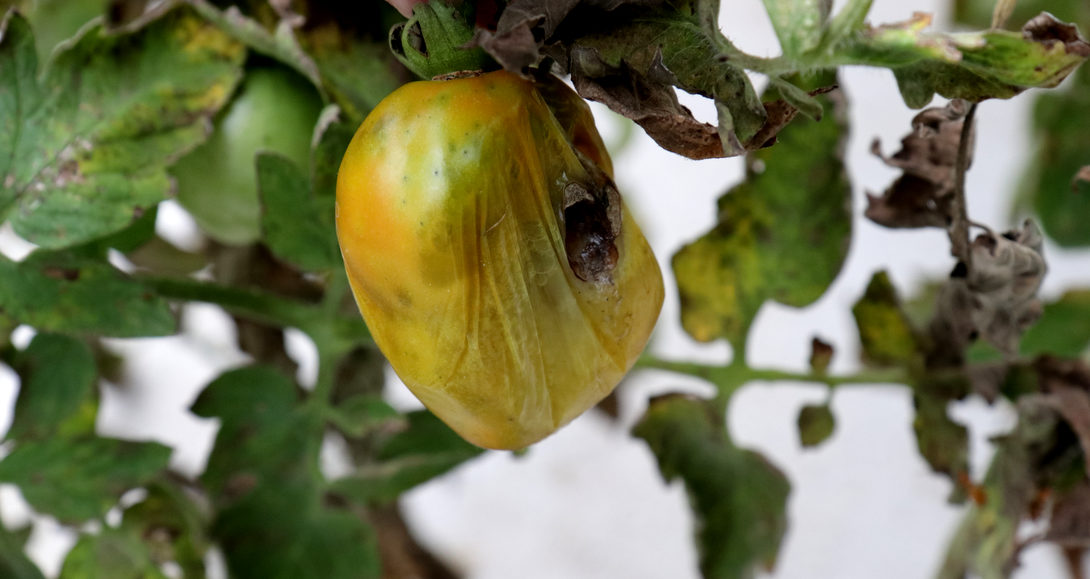 Tomato fruit with hollow stalk (soft rot) symptoms. This disease affects a large number of species, mainly of fleshy structure.
Tomato fruit with hollow stalk (soft rot) symptoms. This disease affects a large number of species, mainly of fleshy structure.
Rotten
Like wilt, rot is a common symptom of several diseases, giving names to some of them. The main ones are soft rot (or hollow stalk, mentioned above), sclerotium rot, caused by the fungus Sclerotium rolfsii, and sclerotinia rot (Sclerotinia sclerotiorum).
The sclerotium rot presents as symptoms the destruction of the tissue of the base of the stem, that goes to the root, leaves and fruits. In young plants, the fungus attack can cause damping-off. Under high humidity conditions, there is the appearance of white mycelium, mainly in low-growing fruits.
In sclerotinian rot, symptoms appear in the reproductive stage. The fungus causes “mela” on the leaves and stems, white mycelium may form at the base of the plant, and over time, the stem will look dry. The fruits rarely show symptoms, and when they do, they are similar to those of sclerotium rot.
The main difference between these diseases is that sclerotium rot has a higher incidence in warm periods while sclerotinia rot has a more severe attack in crops under mild climates. However, both are favored by high humidity, very clayey, compacted and waterlogged soils.
As a form of control, it is recommended to plant more upright cultivars, which provide a more airy microenvironment, in addition to using treated and good quality seeds. Infested areas should also be avoided, attention should be paid to soil drainage, irrigation management to avoid excesses and crop rotation.
Leaf spots
Leaf spots are also symptoms of a variety of diseases. Some of the most common are: black spot (Alternaria solani), stenphyllum-spot (Stenphyllium lycopersici), pinta-bacterial (Pseudomonas syringae), bacterial stain (Xanthomonas campestris), e septoriose (Septoria lycopersici).
In general, the symptoms are characterized by well-defined necrotic spots, which vary in size, shape and color according to the pathogen. They are transmitted via seeds and by spores present in the soil, in cultural remains and spread by wind and water. In addition, they are favored by high temperature and humidity.
Black spot spots are large, dark, circular, and may or may not have yellowish halos. The infestation starts with the oldest leaves, and can also affect the stems and fruits. The symptoms of stenphilus spot are small, dark and angular lesions, which may or may not have cracks, and begin to appear on the youngest leaves.
Small, circular lesions with darkened edges are signs of septoria, which, like the black spot, are concentrated on the lower leaves of the plant.
Unlike the others, bacterial spot is more frequent in conditions of mild temperatures. Its symptoms are small brown necrotic spots, surrounded by a yellow halo, which appear first on the lower leaves. Bacterial spot has similar symptoms, however, in fruits the lesions are clearer, larger and deeper.
The control measures indicated for these diseases involve the use of resistant varieties, healthy seeds and seedlings, elimination of infested crop residues, planting in larger spacings, crop rotation, care with excessive humidity and use of fungicides (copper in the case of caused by bacteria).

Septoria reduces the tomato leaf area, decreasing photosynthesis and, consequently, productivity, in addition to exposing the fruits to the sun, causing burns.
viruses
The viruses that most damage tomato crops are the geminivirus, the tospovirus and the tobamovirus.
In Brazil, the geminivirus is the one that causes the most damage. It causes the disease called golden tomato mosaic, and is transmitted by the whitefly.
The tospovirus, in turn, causes the disease called tomato thrush. It has widespread occurrence and is transmitted by several species of thrips.
Tobamovirus is responsible for tobacco mosaic and tomato mosaic. Transmission occurs through contaminated seeds and contact between plants.
The most characteristic symptoms of viruses are the paralysis of plant growth, yellowing and chlorosis of the veins, occurrence of light green or yellow/golden mosaic, roughness and leaf deformation. In addition, tanning, necrotic spots and uneven fruit ripening may occur.
The most efficient measures to avoid these diseases are the use of resistant varieties, healthy seeds, eradication of host plants and, of course, vector control.
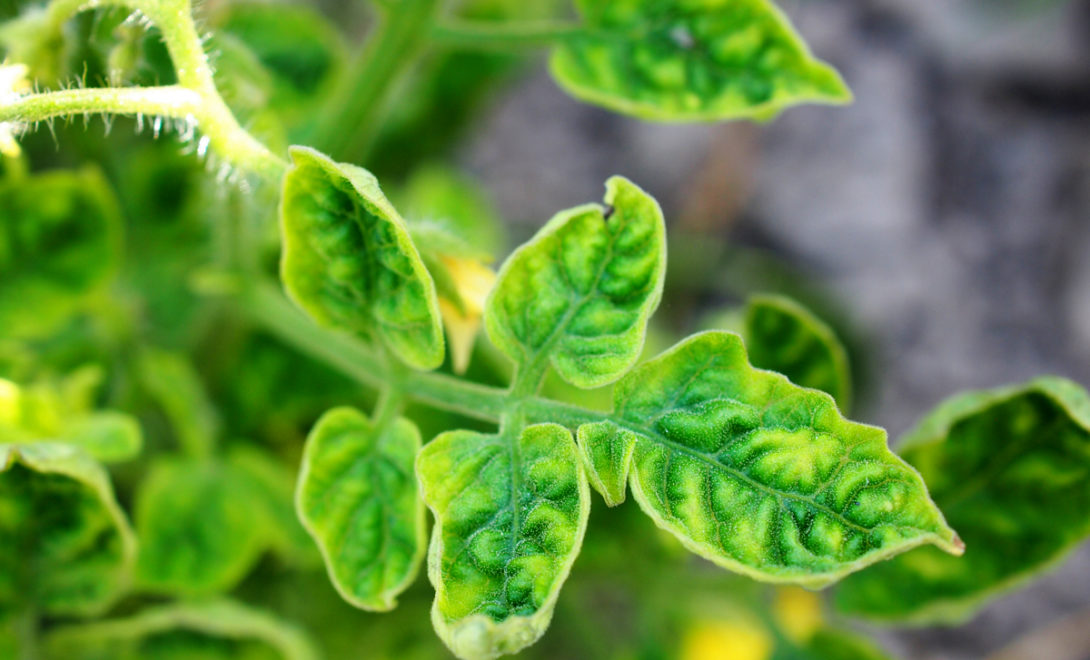 Tomato leaf with symptoms of tomato golden mosaic geminivirus.
Tomato leaf with symptoms of tomato golden mosaic geminivirus.
Would you like to know more about the main tomato diseases? Want to know even more about this vegetable? Also access our post on the main pests of tomato.
